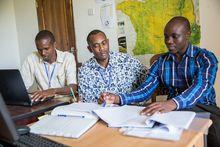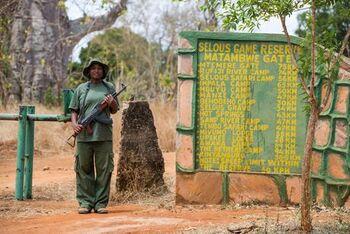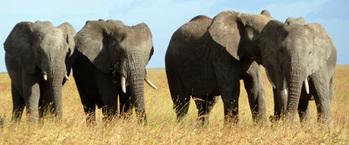Context
Tanzania has placed vast areas of the country under protection in order to conserve its globally important ecosystems and wildlife populations. The protected areas and wildlife are of huge importance to the economic development of rural regions and for tourism. However, to date there have been very few economic benefits for the population in the vicinity. Population growth and a greater demand for land for grazing and cultivation pose a growing threat to wildlife in the protected areas and increase the risk of conflict between people and wildlife. As the inhabitants do not benefit sufficiently from the protected areas, their commitment to environmentally sustainable management is low. Consequently, management practices are rarely geared towards sustainability, which indirectly encourages illegal activities such as poaching. Above all, the illegal hunting of elephants for international trade in ivory has increased sharply in recent years. Other wild animals are also increasingly being captured for the consumption and trading of bushmeat and illegal wildlife trafficking. Many species have experienced a dramatic decline in numbers. This is posing a serious threat to the attractiveness of Tanzania’s protected areas and their potential for tourism.
The responsible stakeholders do not have coordinated mechanisms at their disposal to ensure the protection of wildlife and at the same time offer incentives for the local population to support environmentally sustainable management.
Objective
Central government, autonomous protected area management authorities and local governments have put mechanisms in place to improve the protection of globally important wildlife and to create incentives for the local population to support the sustainable management of natural resources.


